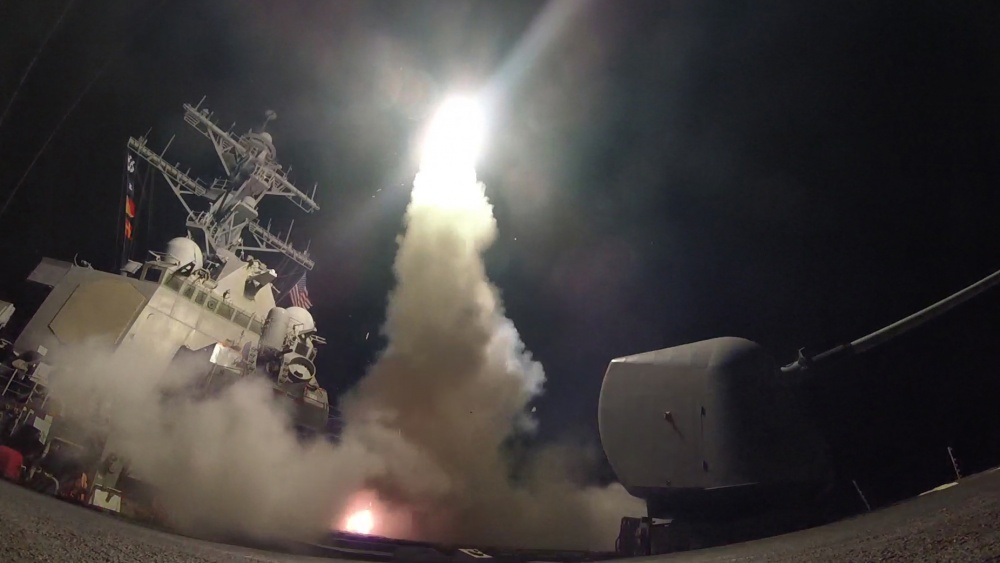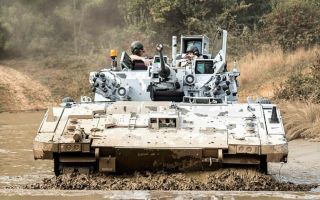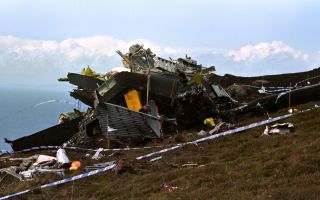Tomahawk Missiles: What You Need To Know
The US launched 59 Tomahawk missiles at a Syrian government air base in retaliation for the suspected chemical attack in Idlib province on Tuesday.
The missiles were deployed from naval destroyers, USS Ross and USS Porter, which were in the eastern Mediterranean off Syria's western coast.
The Tomahawk is a subsonic cruise missile with a range of 800 miles (1,250 km) to 1,500 miles (2,500 km).
More than 6.25 metres long and weighing 1,590 kg, they can be fired from either ships or submarines and are billed by the US Navy as “an all-weather, long-range, subsonic cruise missile”.

They are equipped with a 1000-pound conventional warhead and can fly through heavily defended airspace at low altitude to avoid radar detection.
Tomahawks are guided by an advanced GPS navigation system.
Each missile is believed to cost $832,000 (£667,000), so the 59 fired at Syria cost the US taxpayer at least $49,088,000 (£39,353,000).
The manufacturer, Raytheon, describes the missile as:
"A modern, mature, powerful weapon. Tomahawks can be launched from a ship or submarine and can fly into heavily defended airspace more than 1,000 miles away to conduct precise strikes on high-value targets with minimal collateral damage. Launching the weapon from such a long distance helps to keep sailors out of harm's way."
The missiles were first deployed by the US for Operation Desert Storm in 1990 and have since been used in than 2,000 combat missions.
Britain has been allowed to buy Tomahawks as a trusted ally of the US.







